What Is Ashy Skin And How Do You Minimize It?
Your guide for combating ashy skin and embracing the radiant glow from within.

Image: Shutterstock
If you have noticed ashy and white patches on your skin, it indicates dehydrated skin. Ashy skin is different from dry skin and may cause intense itching, burning sensation, and cracks. You may notice ashy patches on the face, but the condition may also occur on other body parts like arms, fingers, and legs. There are several reasons why your skin becomes dehydrated. If you have noticed ashy skin, scroll down to understand the reasons behind it and how you can manage it.

In This Article
What Is Ashy Skin?

Ashy skin is a term used to describe dehydrated skin. There are several medical terms to describe dry skin conditions, which include xerosis (dry skin), asteatosis (reduced activity of sebaceous glands), and keratinized dehydrated disorder (the umbrella term for conditions causing keratin buildup).
The term “ashy skin” describes how dry and flaky skin appears on darker skin tones (Fitzpatrick type IV, V, or VI) as the grayish patches become more visible (1). However, irrespective of the skin type and skin tone, anyone can develop ashy or dry skin. Several factors may cause or aggravate skin dryness and ashiness.
Key Takeaways
- Ashy skin is dehydrated, rough, or bumpy skin with scaling or flaking.
- Harsh weather, excessive exposure to heat, and irritating skin products may cause ashy skin.
- Revisiting your skin care habits, using petroleum jelly, and staying hydrated may help deal with this skin condition.
- You can prevent this condition by applying moisturizer to damp skin, using sunscreen, and exfoliating the skin once or twice a week.
Ashy Skin: Causes And Symptoms
Some of the common causes and triggers of ashy skin include (but are not limited to):
- Harsh Weather: Extreme temperatures can reduce the humidity levels in the air and rob your skin’s moisture.
- Exposure To Heat: Excessive exposure to central heating and other heat sources like stoves, room heaters, and fireplaces can lower humidity levels in the room and dry your skin.
- Hard Water: Prolonged exposure to hard water can dry out your skin. The surfactants (SLS and SLES) in the cleansers interact with the hard water and impair skin barrier function (2). This also increases the risk of atopic dermatitis.
On a similar note, in a study conducted to understand the correlation between xerosis and water hardness exposure, blood donors with xerosis were compared to blood donors without dry skin. The study involved 4416 donors, and 15.5 % of them had xerosis. Softer water posed a reduced risk of xerosis, while higher degrees were associated with xerosis.
- Unhealthy Skin Care Routine: If you do not moisturize your skin, it can become dry, irritated, and cracked. Also, not exfoliating the skin can cause dead cell buildup, grayish patches, and flakiness. Hot showers can also cause dryness and dehydration.
 Pro Tip
Pro Tip- Irritating Skin Products: Chemicals in skin care products, especially fragrances, dyes, SLS, parabens, phenoxyethanol, and alcohol, can irritate the skin and cause dryness. Exposure to harsh soaps and detergents may also cause dryness.
- Underlying Skin Conditions: Conditions like atopic dermatitis, eczema, or psoriasis cause redness, dry patches, and flakiness if not managed properly. If you have these conditions, it is crucial to consult a doctor and take proper measures to calm flare-ups.
Ashy skin mostly occurs on the legs, hands, ankles, elbows, and knees. The tell-tale signs of ashy skin include:
- Rough or bumpy skin
- Inflamed discolored skin
- Scaling
- Crusting
- Thin, cracked lines on the skin
- Flaking and peeling
- Bleeding and itching (severe condition)
Here is how you can deal with ashy skin.
How To Treat And Deal With Ashy Skin
There are two approaches to get rid of or manage ashy skin:
- Take care of your skin (if the dryness is caused by improper skin care)
- Treat the root cause (if it is caused by an underlying condition or deficiency)
Here are a few ways you can try:
1. Revisit Your Skin Care Habits

You will be surprised to know that slight improvements in your skin care habits can make a world of difference, such as:
- Moisturize your skin regularly. Moisturizers help maintain the skin texture and aid your skin in retaining its hydration levels. You can use cream-based products for dry skin and water-based products for oily skin.
- Use mild cleansers for your face and body. Avoid facial and body products that contain SLS, SLES, alcohol, and any other chemical(s) that may irritate and dry out your skin. Use plant-based and soap-free products suitable for your skin type.
2. Use Petroleum Jelly

Applying a thin layer of petroleum jelly after moisturizing can trap moisture and help keep your skin hydrated. However, remember that petroleum jelly is occlusive, and excess use can clog the skin pores. To prevent that, cleanse your skin thoroughly to remove dirt and impurities before using petroleum jelly.
 Pro Tip
Pro Tip3. Install A Humidifier
A humidifier can help maintain indoor moisture levels. If you live in an area with extreme temperatures or use indoor heating or cooling systems, install a humidifier to avoid dry skin.
4. Stay Hydrated

Dietary water influences your skin health and hydration levels (3). Water is the main component of the tissues and cells, and when you do not drink enough water, the cells and tissues dry out. It affects the overall water content of the skin cells, hampers the barrier function, and causes dermatological issues. Hence, moisturizing is not enough unless you keep your skin hydrated from within.
5. Address The Underlying Conditions
Your skin may appear as flaky, ashy, and dry if you have eczema, psoriasis, or atopic dermatitis. It is crucial to follow the prescribed treatment methods to manage the flare-ups and prevent ashy skin. By accumulating in-depth knowledge about flaky skin and dry skin, you can take control and confidently address these underlying conditions, empowering yourself in your skincare journey.
Malnutrition (especially lack of vitamin D3), poor kidney function, hereditary conditions like atopy, and ichthyosis vulgaris may also cause moisture loss and dry skin (4), (5).
6. Topical Treatments
According to a study, urea and ammonium lactate can help treat xerosis, which causes extreme dryness (6). However, consult a dermatologist before using ointments with these ingredients.
As with any skin problem, it is not enough to simply treat it. Instead, you need to take preventive measures to care for your skin. Skin dryness is often related to lifestyle and skin care habits. You can also learn some tips for dry skin care that will help you address ashy skin issues. Here are a few preventive measures to help you deal with ashy skin.
How To Prevent Ashy Skin: Tips And Hacks

- Always apply moisturizer on damp skin as it can absorb the product better than dry skin.
- Limit your shower time to 15 minutes. Exposing your body to excessive water can strip the natural oils. Also, showering too often can lead to dry and itchy skin.
- Use mild and hydrating products to lock in moisture.
- Exfoliate your skin once or twice a week to get rid of the dead and dry skin cells.
- Always use sunscreen while stepping outside. The UV rays are harsh on the skin and can add to your existing issues.
- Systemic oral supplements like omega-3, omega-6 unsaturated fatty acids, and vitamin D3 supplements may be useful to treat such conditions. One may also use topical applications of ceramides, shea butter, urea and aloe vera combinations.
Ashy skin is often a sign that your skin is screaming for attention, proper hydration, and care. If you have noticed your skin turn ashy, do not panic. Simple lifestyle changes and proper skin care can boost your skin radiance and improve its overall appearance. Furthermore, understanding dehydrated skin, its symptoms, and how to care for it can help you create a more extensive skin routine that will allow you to treat flaky skin concerns more thoroughly. Follow the tips discussed in the article, and within a few weeks, you may notice improvement. However, if the remedies do not work, consult a doctor to check for allergies, deficiencies, or other underlying conditions and follow the prescribed treatment.
Frequently Asked Questions
What is the best lotion for ashy skin?
Look for lotions with ingredients like hyaluronic acid, oatmeal, ceramides, or glycerine to draw and lock the moisture in your skin.
Is aloe vera good for ashy skin?
Yes. Aloe vera contains mucopolysaccharides that help bind the moisture into the skin (6).
Get to know everything about ashy skin from this video. Uncover the causes, symptoms, and effective treatments and find your way to getting a radiant complexion.
References
Articles on StyleCraze are backed by verified information from peer-reviewed and academic research papers, reputed organizations, research institutions, and medical associations to ensure accuracy and relevance. Read our editorial policy to learn more.
- Reduction of “Ashiness” in Skin of Color with a Lipid-rich Moisturizing Body Wash
https://www.ncbi.nlm.nih.gov/pmc/articles/PMC3070465/ - The Effect of Water Hardness on Surfactant Deposition after Washing and Subsequent Skin Irritation in Atopic Dermatitis Patients and Healthy Control Subjects
https://pubmed.ncbi.nlm.nih.gov/28927888/ - Dietary water affects human skin hydration and biomechanics
https://www.ncbi.nlm.nih.gov/pmc/articles/PMC4529263/ - Assessing the Relationship between Vitamin D3 and Stratum Corneum Hydration for the Treatment of Xerotic Skin
https://www.ncbi.nlm.nih.gov/pmc/articles/PMC3475231/ - Moisturizing Different Racial Skin Types
https://www.ncbi.nlm.nih.gov/pmc/articles/PMC4086530/ - Clinical evaluation of 40% urea and 12% ammonium lactate in the treatment of xerosis
https://pubmed.ncbi.nlm.nih.gov/11978141/
Read full bio of Dr Ashok Gund
Read full bio of Ramona Sinha
Read full bio of Eshna Das
Read full bio of Swathi E





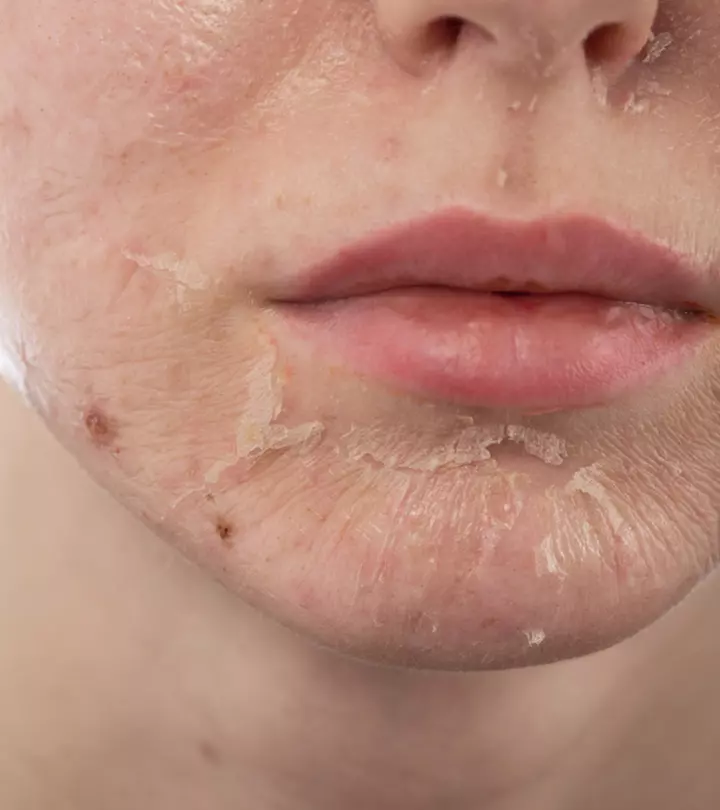
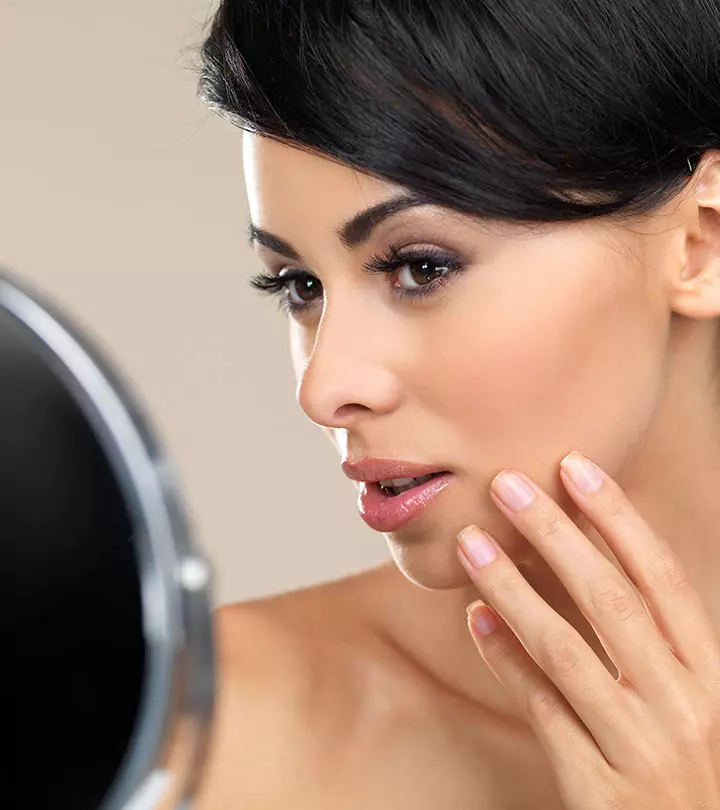

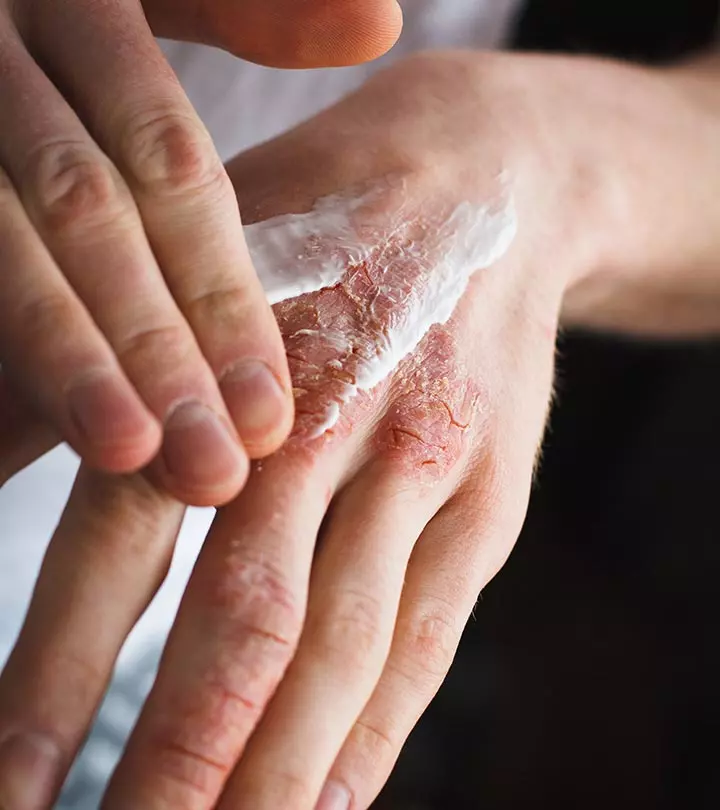


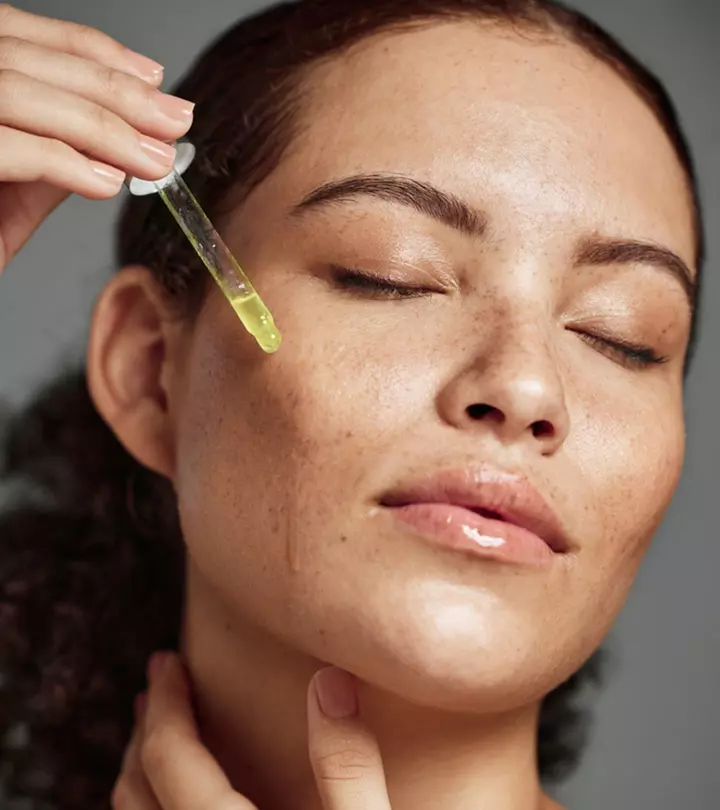


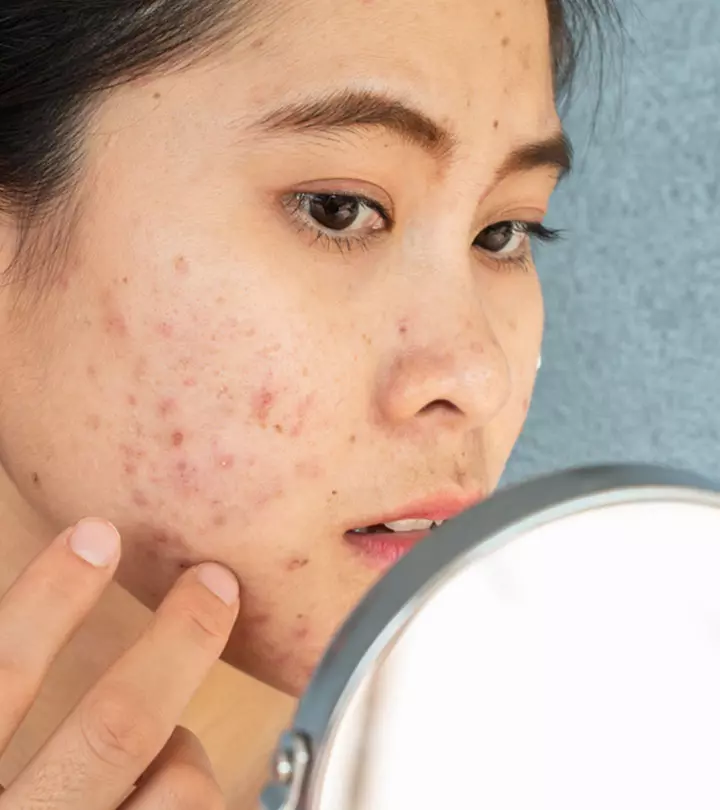
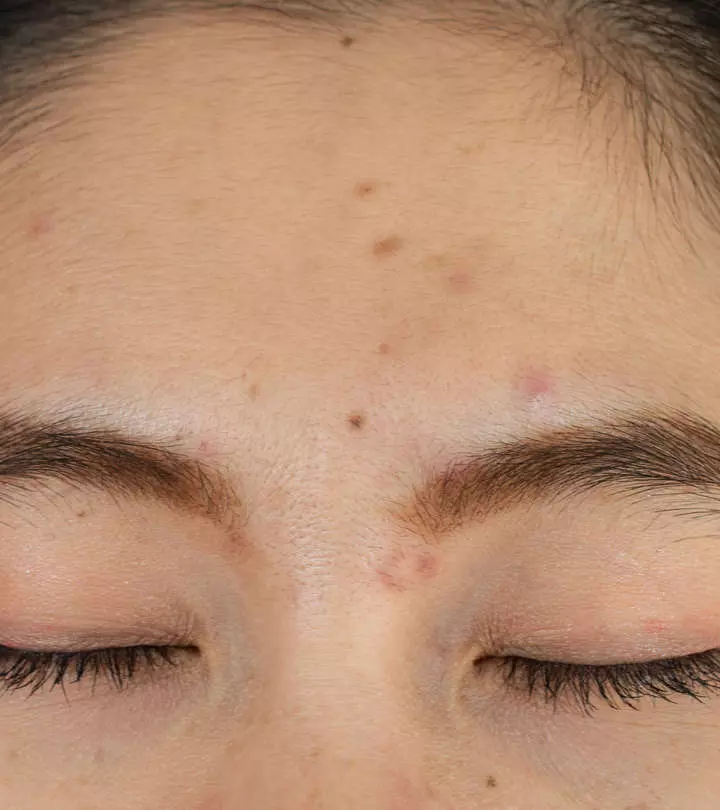








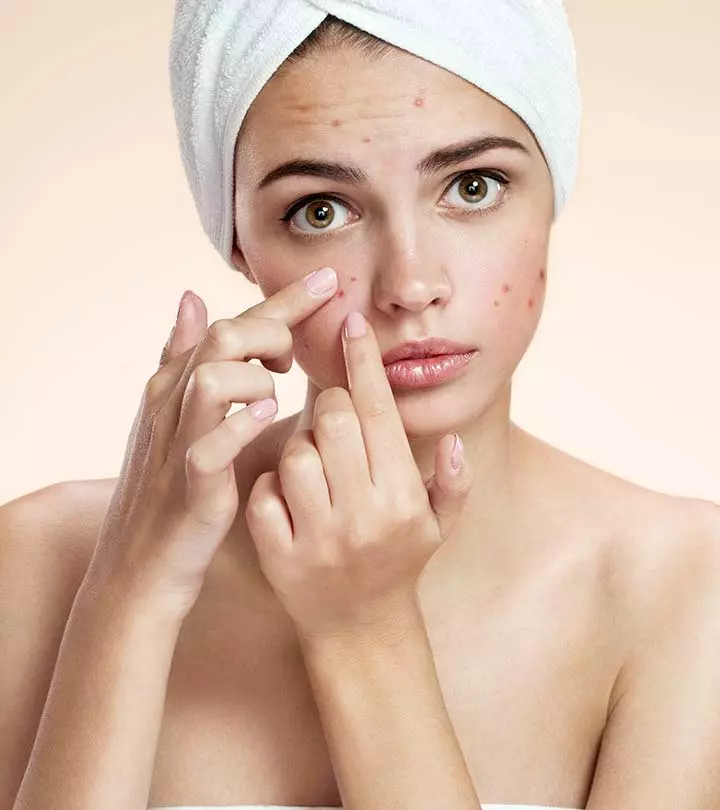

Community Experiences
Join the conversation and become a part of our empowering community! Share your stories, experiences, and insights to connect with other beauty, lifestyle, and health enthusiasts.